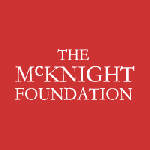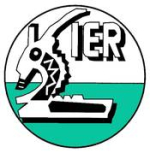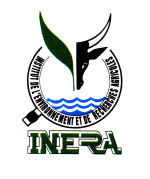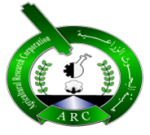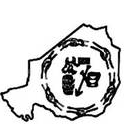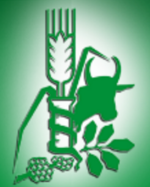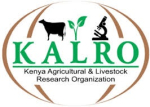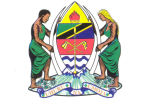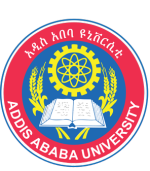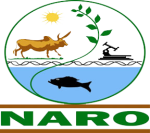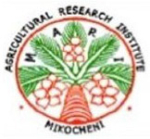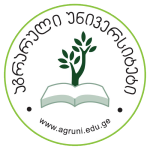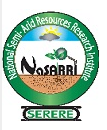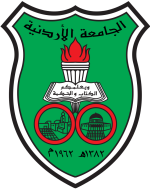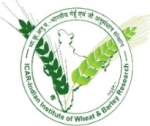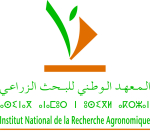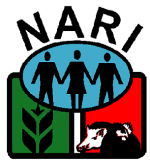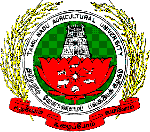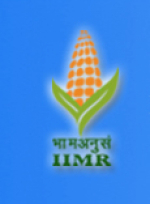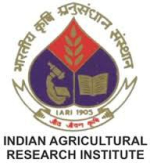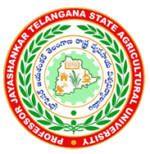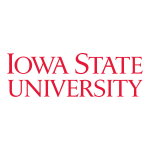CRP on Dryland Cereals - DC
Leader Shoba Sivasankar, International Crops Research Institute for the Semi-Arid Tropics - ICRISAT
Budget 2025
USD :
0
Clusters: 7
Description
This Flagship includes crop- and region-specific projects focused on crop improvement for traits such as yield enhancement, yield stability, quality (food, feed and fodder), and resistance to pests, diseases and weeds, and addresses IDOs 1, 2, 3 and 5. Country-wise trait targets for dryland cereals breeding are listed in Annex 2, which represent ongoing and planned work for the chosen agro ecologies within these countries. While this listing is
informed by the present understanding of target production systems, a refinement of these priority
traits is a continuous activity. We will focus on those crop-trait combinations that will lead to
significant impacts, both in the short term and the medium/longer term. In light of budget
uncertainties, breeding-target priorities will be established for different potential levels of funding.
Breeding programs that address sufficiently large numbers of genotypes evaluated across
multiple environments are central to progress in crop improvement, through both conventional
methods and modern genomic tools. Targeted development of genomic resources and testing sites
will be undertaken in collaboration with international initiatives. The former includes sequencing of the
finger millet genome, barley re-sequencing and the development of marker assays for breeding from
available sequence information for each of the four crops. The genotyping data that is already
available will be leveraged together with phenotyping data for genome-wide association studies, allele mining and marker identification, using new bioinformatics support through BMGF and CGIAR. We
will also interact with the Integrated Breeding Platform for the development and implementation of
breeding services for marker-assisted selection. Further, crop models will be calibrated for the
different crops, target environments and management conditions in order to define target populations
of environments and specific physiological parameters for breeding towards appropriate ideotypes.
The establishment of methods for defining parental heterotic groups is critical for building distinct and
complementary parental pools for effective and sustainable hybrid breeding. Analysis of combining
ability and examination of genetic diversity for pertinent ranges of germplasm will be important
outputs. The development and/or application of breeding technologies such as doubled haploid
induction and genetic male sterility in elite parental lines will be useful for creating and exploiting
genetic diversity. With the exception of barley, doubled-haploid systems are not currently available for
dryland cereals. Haploid production in sorghum and pearl millet has remained difficult to date. We
plan to evaluate a novel transgenic-mediated haploid-induction strategy in these crops by engineering
centromeres that nucleate kinetochores, where the final haploid line will be non-transgenic. This
Flagship will provide feedback information to Flagship 1, and knowledge and germplasm to FP3, FP4,
and FP5.
Key Documents
Atlas
Key Results
Blog Outcome Impact Case Report Policy
Innovations
Clusters
Projects
| Acronym | Project Title | Year | Section | Leader | Center | Budget | Start Date | End Date | View |
|---|
Personnel Involved
Partners



































